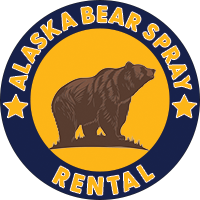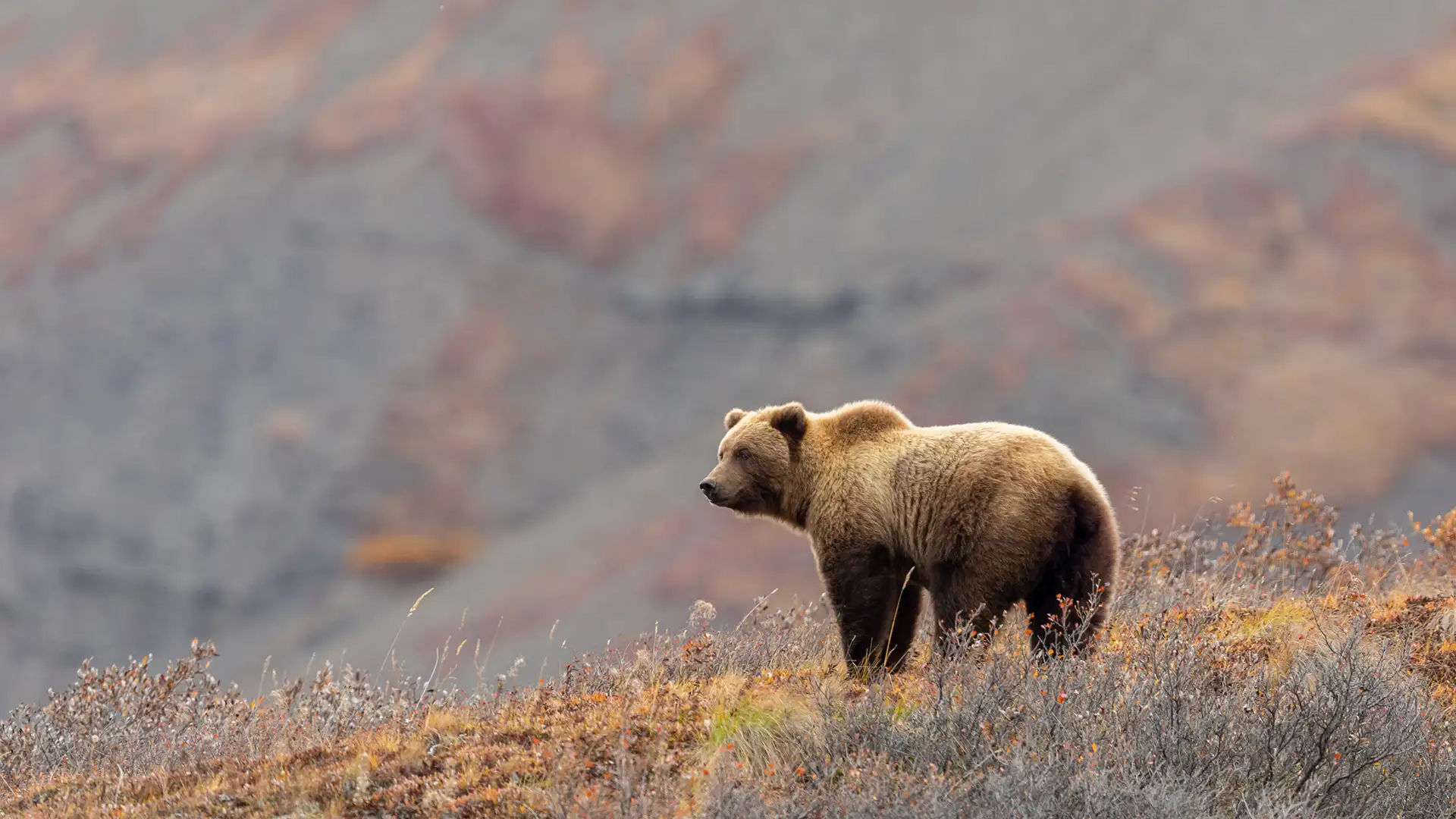There are three different types of bears that call Alaska home: black bears, brown bears, and polar bears. In terms of numbers, black bears are the largest of the three with an estimated 100,000 black bears in Alaska. Brown bears, while not as abundant, have healthy and productive populations numbering around 30,000 in Alaska. This represents 98% of the United States brown bear population. Needless to say, Alaska offers some of the best chances to view bears in the world. While Katmai National Park and Preserve and Kodiak Island are some of the better known areas for bear tourism, almost anywhere in the state you may get a chance of spotting one if you are lucky enough. Even inside Alaska’s largest city, Anchorage, you may encounter one. For more on Anchorage’s unique bear population, check out one of our other blog posts here.
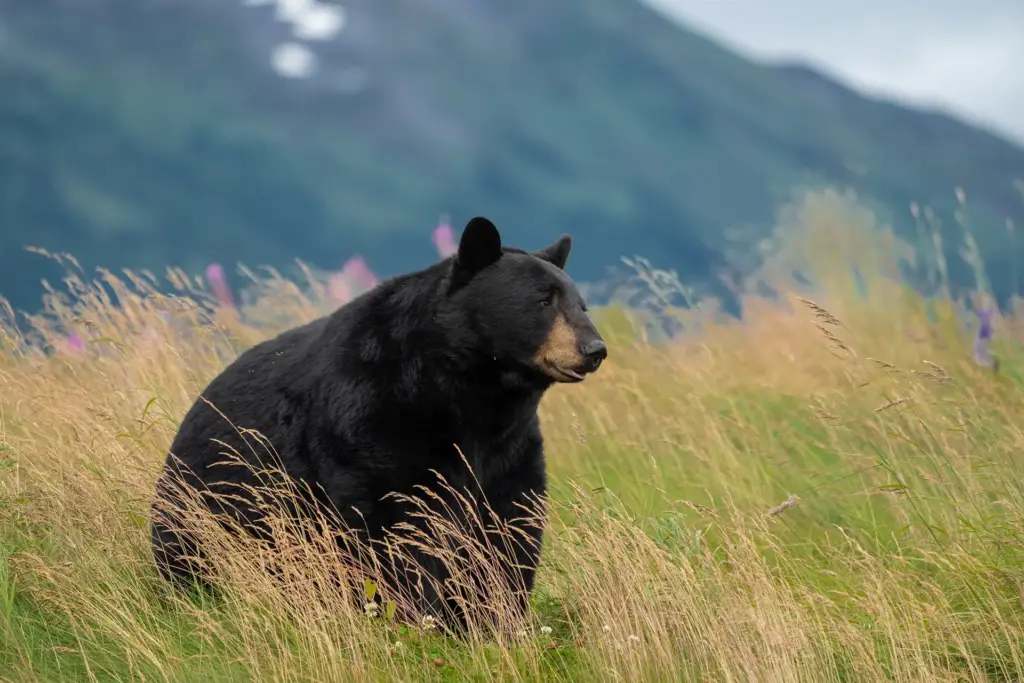
Black Bears
As the most abundant species in the state, black bears are the most likely you will come across. They can be found in most of the forested areas of the state. They are the smallest of the three species standing at an average of 29 inches at the shoulder and 60 inches from nose to tail. Don’t underestimate these bears though as large black bears can weigh up to 500 lbs. Over winter most black bears hibernate in forest dens. In the spring cubs will emerge from their dens in litters of 1-4 cubs, but twins are the most common. During the summer and fall, black bears can pack on a lot of weight, being 20% heavier in the fall. Black bears, though most commonly are black in color, can be seen in varying colors from dark brown to white. There have even been a number of bluish colored black bears in certain parts of Southeast Alaska referred to as “glacier bears”.
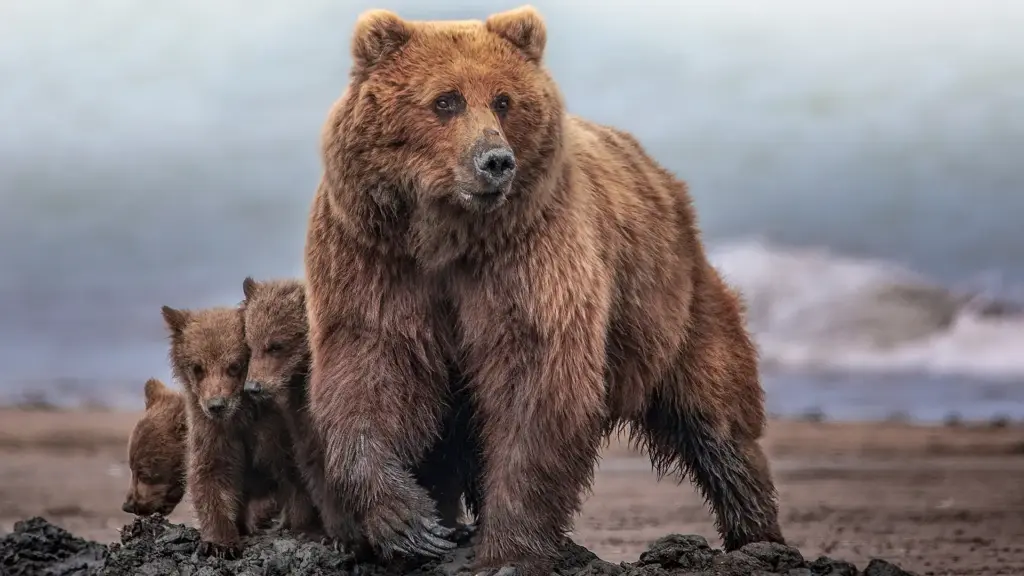
Brown Bears
Alaska’s brown bears, whole not as abundant, are still common in large areas of the state. Brown bears and grizzly bears are the same animal. It depends on the geographical area as to what they are referred to. Brown bears live in areas rich with salmon and other resources, along the southern coast of Alaska. This allows them to be larger then the bears of interior and northern Alaska, commonly called grizzly bears. The largest brown bears are those on Kodiak Island. The Kodiak brown bear can achieve a weight of over 1,500 lbs. Like black bears they can be seen in a range in colors, and have similar litter sizes of 1-4 cubs with two being the most common. They are intelligent animals with an acute sense of smell. Brown bears can reach speeds of up to 40 mph for short distances. They average in size between 500 and 900 lbs.
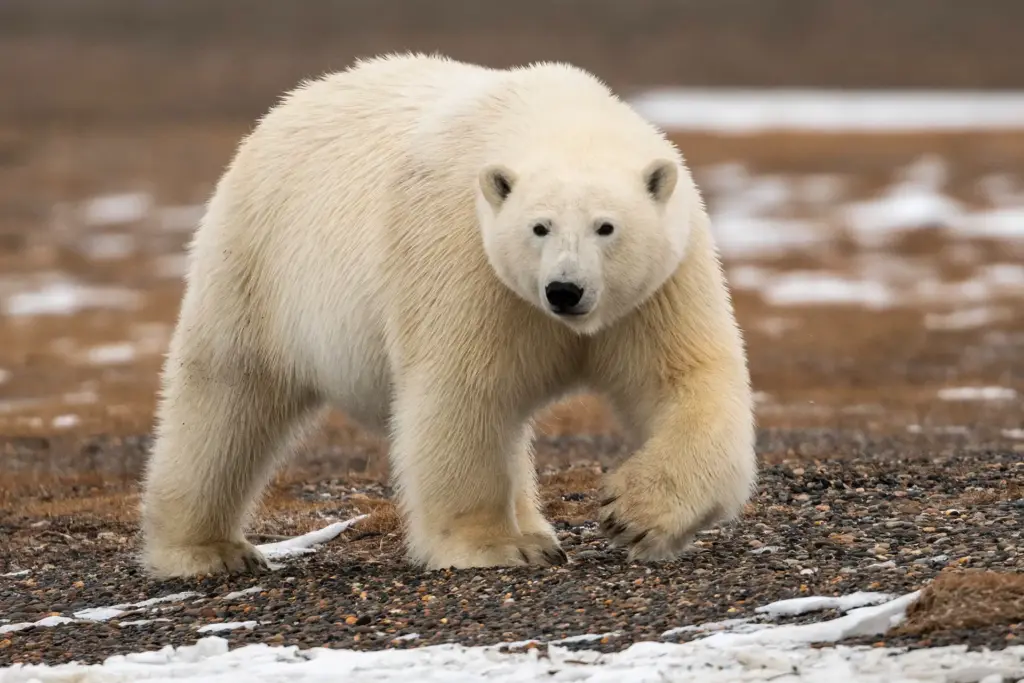
Polar Bears
The rarest of the three bear species in Alaska is the polar bear. There are two populations of polar bears in Alaska, the Southern Beaufort Sea population and the Chukchi Sea population. The total number of polar bears in Alaska is unknown, but as of 2015 there is an estimated 900 bears in the Southern Beaufort Sea population, with the number of bears in the Chukchi Sea population being unknown. Polar bears are classified as threatened due to their low numbers. Polar bears are the size of a large brown bear, some weighing in excess of 1,700 lbs. They mostly live on and around the pack ice, staying close to their primary food source of seals. Because of this you are not likely to encounter them during an outing in Alaska.
Having Fun and Staying Safe
Your best chances of seeing black and brown bears are in the spring and summer, during early mornings and evenings while bears are looking for food. From July into September they can be spotted along streams looking for salmon. With so many bears in Alaska you may think it sounds too dangerous to go exploring, but aggressive bears are very rare. A fear of bears is definitely not something you should let prevent you from fully enjoying Alaska. With a little preparation even more can be done to lessen your chances of a negative bear encounter. If you are planning on visiting the Anchorage area and beyond we recommend renting bear spray as a proven and humane bear deterrent in emergency.
Data and facts for this article were derived from the following sources:
Alaska Department of Fish and Game
